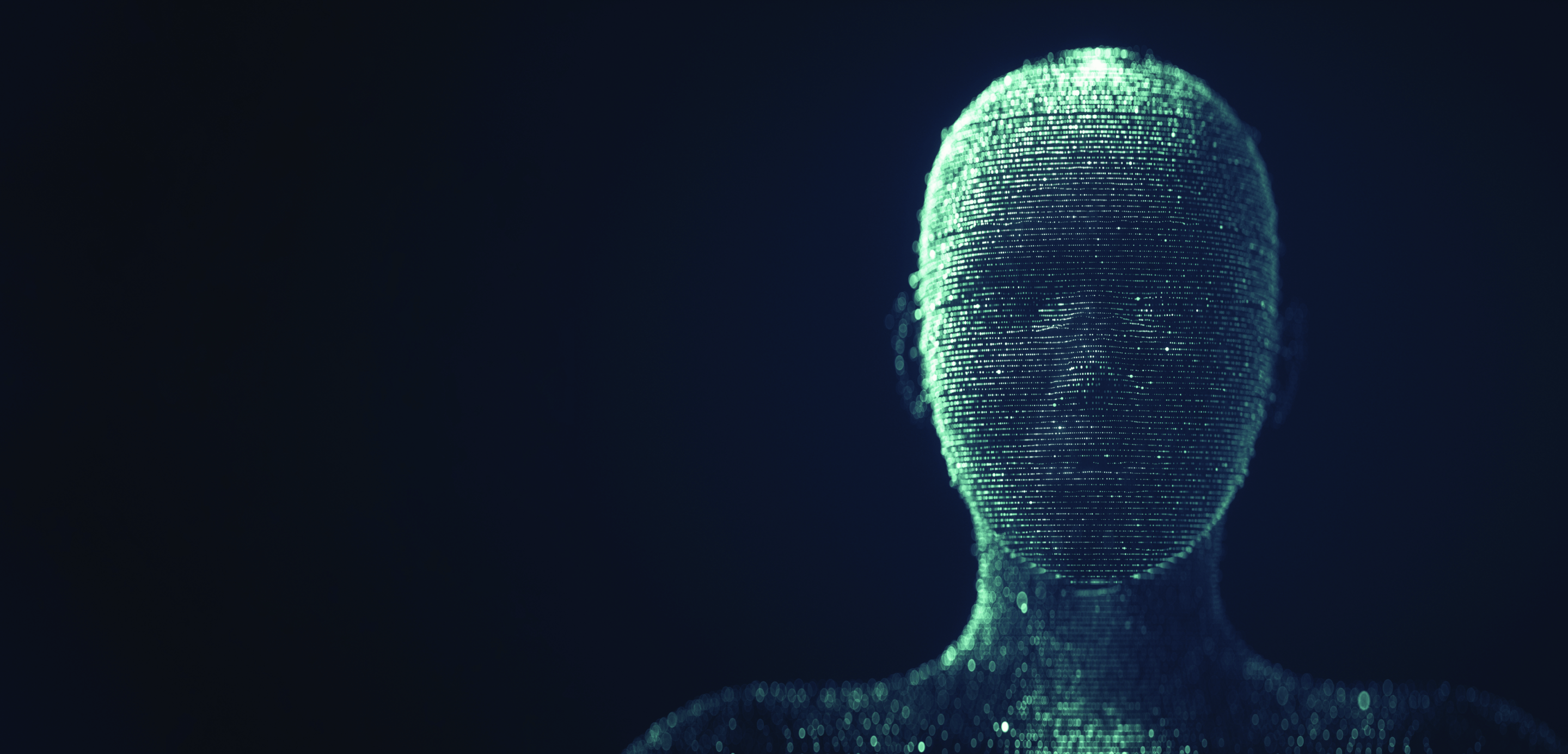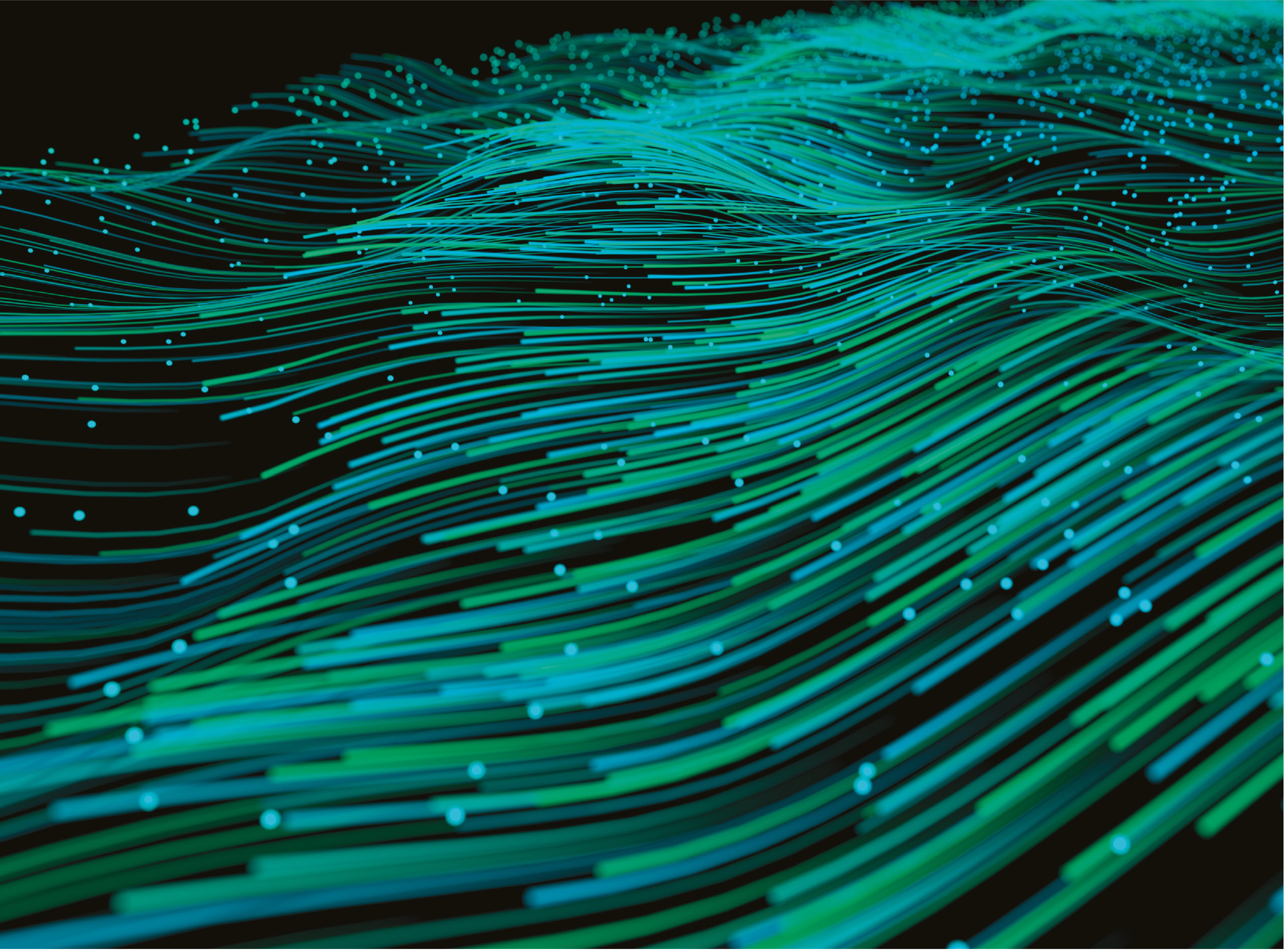
In an issue of EVOLVE devoted to strategic and organizational change, with interviews and articles that also include the areas of language and storytelling, we have drawn two books from our virtual library, both written by leaders in technology who have a vision for the future and a commitment to the common good. Both "Hit Refresh: The Quest to Rediscover Microsoft's Soul and Imagine a Better Future for Everyone" by Satya Nadella, CEO of Microsoft, and "How to Avoid a Climate Disaster: The Solutions We Have and the Breakthroughs We Need" by Bill Gates, go into the merits of some of the major global challenges faced today such as climate change and pandemics that require sustainable technological solutions.
In "Hit Refresh" – the first book written by Satya Nadella, the author talks about himself, the Redmond giant's transformation and the evolution that digital technology is bringing to our lives, in an unprecedented way. The CEO of Microsoft tells the inside story of how a company rediscovered its soul, transforming everything from culture to their fiercely competitive landscape and industry partnerships. As much a humanist as an engineer and executive, Nadella reflects on the coming technological revolution based on Artificial Intelligence, with its possible implications and benefits for society, offering a call to action for world leaders.
In the spirit of EVOLVE, we would like to share this reading, which has transformation as its central theme: on the one hand, the renewal of Microsoft, which in recent years has been able to reinvent itself to help customers and people get the most out of technology; on the other, the evolution that digital is bringing into our lives, in ways that have never been seen before. «At the core, it is about us humans and the unique quality we call empathy, which will become ever more valuable in a world where the torrent of technology will disrupt the status quo like never before» writes Nadella in taking the baton from Steve Ballmer and the indestructible Bill Gates, a globally renowned figure who has made history in technology and who in recent years has dedicated himself to philanthropy with his Foundation.
As a privileged witness, Nadella shares his vision and reflections on the issues of transformation and innovation while recounting the many experiences of change that have shaped his life, leading him from a boy frolicking on the dusty cricket fields of India to becoming CEO of one of the world's largest companies. But Nadella also shares how he initiated an unprecedented transformation within Microsoft, introducing a new corporate culture based on listening, collaboration, and a focus on how digital is impacting people and organizations today.
When you do an update, one part stays the same
As a bridge between the two authors – specifically between the two books we are discussing – there is the preface to "Hit Refresh", written directly by Bill Gates. «Satya has charted a course for making the most of the opportunities created by technology – writes Bill Gates – while also facing up to the hardest questions without fear. As the title of this book implies, he didn't completely break with the past: when you hit Refresh on your browser, some of what's on the page stays the same. But under Satya's leadership, Microsoft has been able to transition away from a purely Windows-centric approach. He has led the adoption of a bold new mission for the company. He is part of a constant conversation, reaching out to customers, top researchers and executives. And, most crucially, he is making big bets on a few key technologies, like artificial intelligence and cloud computing, where Microsoft will differentiate itself».
Precisely because the ITC industry has never been more complex, this kind of approach shows itself to be smart not only for Microsoft, but for any company that wants to succeed in the digital age. Today, many large companies outside of Microsoft are doing innovative work: Google, Apple, Facebook, Amazon and more. There are cutting-edge users all over the world, not just in the United States, and the PC is no longer the only computing device, nor the main one, with which most users interact. «Despite all of this rapid change in the computing industry – his preface concludes – we are still at the beginning of the digital revolution».

«At the core, it is about us humans and the unique quality we call empathy». Satya Nadella, CEO of Microsoft, and Bill Gates outline, in two different books, their global view of the issue of change. While Nadella – in "Hit Refresh" – tells the story of how one company rediscovered its soul by transforming everything, in "How to Avoid a Climate Disaster", Gates explains how technological innovations and economic policies can facilitate the transition to a low-emissions economy. Two testimonies of how multinationals can reinvent themselves through collaboration between different sectors.
Actions to facilitate the transition
Turning instead to "How to Avoid a Climate Disaster", in our opinion Bill Gates' book (published in 2021) is an interesting read for managers and entrepreneurs because it offers a comprehensive view of the issues of change (climate and beyond) and the possible solutions that can be put in place. Gates – who shows that he has a multidisciplinary view of the problem, but also an infectious passion and optimism – does not only describe its causes and consequences, but also proposes technological innovations and economic policies that can facilitate the transition to a low-emissions economy by 2050. The book is also a source of inspiration for those who want to help create a more sustainable and inclusive future by harnessing the opportunities offered by digitization, artificial intelligence, and cross-sector collaboration.
Written in a clear and accessible style, full of data, examples and personal anecdotes, "How to Avoid a Climate Disaster" is divided into three parts: the first explains what climate change is and why we must act now; the second outlines the five key sectors that contribute most to emissions (Electricity, Agriculture, Manufacturing, Transportation and Buildings) and the technological innovations needed to make them cleaner; the third presents the political, economic and social actions that can facilitate the transition to a low-emissions economy. In synthesis, the author presents a concrete plan for getting to zero emissions, suggesting not only the policies that governments should adopt, but also what we can do as citizens to hold governments, businesses and ourselves accountable on this crucial mission. Bill Gates makes it clear: «Achieving zero emissions will not be simple or easy to do, but if we follow the plan he sets out here, it is a goal firmly within our reach».
Bill Gates and artificial intelligence
In a post on his blog, Bill Gates recently expressed his thoughts, expectations and concerns about the future of humanity in the age of Artificial Intelligence. Entitled "The Age of AI Has Begun", the post follows the recent launch of Bard, a new AI language model from Google, and the emergence of ChatGpt, created by Open AI and also integrated into Microsoft's Bing search engine. Although he believes AI has the power to improve the world and human lives in areas such as work, education, and healthcare, Gates also fears that humans may misuse these technologies. While the Microsoft founder acknowledges the importance of identifying the possible risks of an unconditional approach to the creation of artificial intelligence platforms, he nonetheless urges people to focus on the benefits of a technological development of this kind, pointing out that AI could be one of the ways to reduce the world's inequalities, eliminating (for example) language barriers and speeding up health care.
The following are some extracts on change from "Hit Refresh: The Quest to Rediscover Microsoft's Soul and Imagine a Better Future for Everyone" by Satya Nadella and "How to Avoid a Climate Disaster: The Solutions We Have and the Breakthroughs We Need" by Bill Gates.
The new generations lead sustainable development